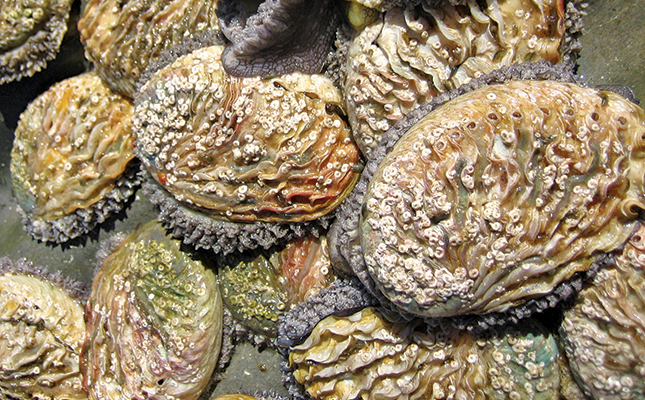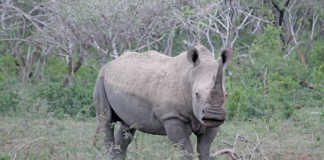
The Minister of Agriculture Senzeni Zokwana recently announced that the new total allowable catch for South African abalone (Haliotis midae) was set at 96t for the 2018/2019 fishing season, which was the same as the previous season.
The total allowable catch was originally set at 50,5t.
The upward revision followed an appeal by the abalone commercial rights holders and the abalone zonal representatives, who cited a lack of proper consultation by the department in the process of determining the figure, the socio-economic implications the reduction in the quota would have, and the fact that a reduced allowance could result in an increase in poaching.
Announcing the increase, Zokwana acknowledged that the abalone sector needed a complete overhaul in terms of fishery management.
“There is still a need for a comprehensive and impactful approach to better manage the abalone sector, which [while] under threat, is very important for the livelihood of fishing communities, our economy and the country at large.”
Zokwana said the department would have to address the issue of poaching by involving various interested parties such as abalone divers, small-scale fishermen, abalone aquaculture farmers, and members of the public.
He added that the department also had to reconsider the rights allocation in the abalone sector and said that rights needed to be allocated to the small-scale fishing sector in communities adjacent to the abalone fishing grounds.
“This would promote sense of ownership and accountability from small-scale fishing communities and address the matter of exclusion and participation [in the sector].”
Markus Burgener, programme coordinator at TRAFFIC, a global non-governmental organisation aimed at preserving biodiversity conservation and sustainable development, said the impact of the total allowable catch was negligible because it only made up about 5% of the volume on the market, with the remaining 95% the result of illegal abalone poaching.
“The [allowance] is reached very quickly every year because it such a small part of the market.”
He said the biggest challenge with the illegal trade was strong market demand, which was exacerbated by high unemployment levels in coastal communities.
According to a new report by TRAFFIC, poachers had stripped South African coastal waters of at least 96 million abalone during the past 18 years.
“Efforts to curb the illegal trade have roundly failed. Once abundant, the population of South African abalone is declining at unprecedented levels. On average, 2 000t of abalone are bagged annually by poachers, 20 times the legal take, in an illicit industry estimated to be worth at least US$60 million [about R859 million] a year,” the report said.












